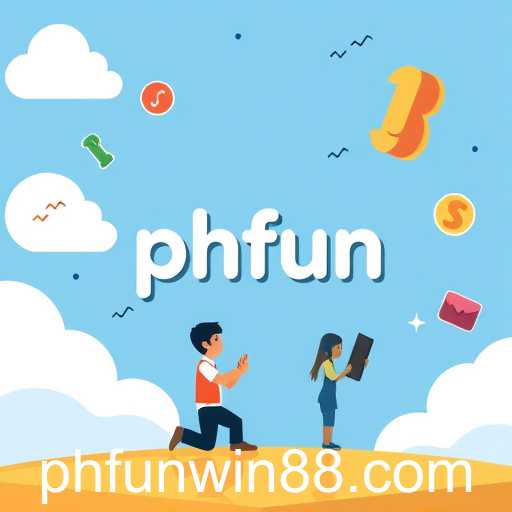In the digital age, the way we learn and teach has undergone a seismic shift. Innovation in educational tools is now the norm, as developers and educators seek out the best methods to transform traditionally daunting subjects into interactive and almost effortless learning experiences. One such domain of innovation is "Grammar Games," which has increasingly gained popularity among language enthusiasts and students alike, leveraging the keyword 'phfun' to highlight the playful nature of these learning tools.
Grammar rules are the backbone of any language, but let's face it – they can be intimidating for learners of all ages. However, Grammar Games have emerged as a compelling solution to this challenge. They amalgamate entertainment with education, creating an immersive learning environment that captivates learners and boosts their understanding of complex grammar points. Whether it is through quizzes, puzzles, or interactive storytelling, Grammar Games offer a unique platform for people to refine their linguistic skills.
The integration of gamification elements, such as scoring systems and levels, provides instant feedback and motivation, encouraging players to progress further. This can be particularly beneficial for younger learners who might struggle to stay engaged through traditional teaching methods. The keyword 'phfun' perfectly encapsulates this approach, focusing on the fun aspect of phonetic and grammatical learning.
Additionally, these games are designed to cater to a wide range of learning styles. Visual learners can benefit from interactive graphics and animations, auditory learners can enjoy auditory cues and verbal instruction, and kinesthetic learners can find value in the hands-on interaction that games naturally require. This diversity ensures that each type of learner can find a game that suits their personal learning preferences.
Moreover, Grammar Games often come with adaptive learning paths, meaning they adjust the difficulty based on a player's performance. This tailoring ensures that the challenge is neither too daunting nor too simplistic, keeping the learners in their 'zone of proximal development,' a sweet spot for educational growth.
Furthermore, the accessibility of Grammar Games is another major advantage. Available on various platforms including mobile devices, tablets, and computers, these games offer the flexibility to learn anytime and anywhere. Whether in a classroom setting, at home, or on the go, learners can seamlessly integrate these games into their daily routines.
In conclusion, Grammar Games are transforming the landscape of language learning by embodying the essence of 'phfun.' As the demand for more interactive and engaging learning experiences grows, it's clear that the future of grammar education is not just about rules and structure, but also about fun and engagement. These innovative tools are breaking down the barriers to language proficiency, making learning an exciting adventure for all.








